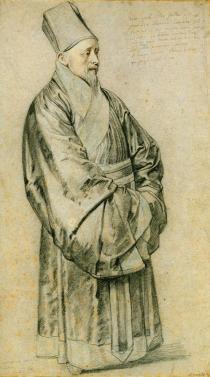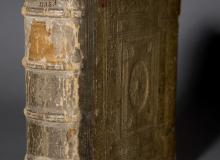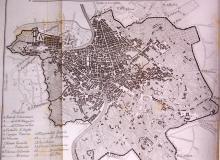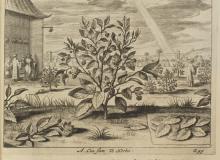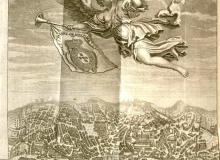Nicolas Trigault
Image Credit: "Peter Paul Rubens: Portrait of Nicolas Trigault in Chinese Costume (1999.222)". In Heilbrunn Timeline of Art History. New York: The Metropolitan Museum of Art, 2000–. http://www.metmuseum.org/toah/works-of-art/1999.222 (September 2008)
The Flemish Jesuit Nicolas Trigault was one of a long line of procurators appointed to represent the Jesuits’ work in China. Even though he had only been there since 1610, two years later he was sent back to Europe to achieve a number of tasks. These diverse tasks included raising material support for the Jesuits, recruiting more missionaries for the various houses now established throughout the Chinese empire and procuring certain books that would assist the Jesuits in their intellectual apostolate among scholars.
Trigault was very successful in his assignments, recruiting over twenty Jesuits to return with him (although only eight actually ended up working there), gathering a rich assortment of books (some of which are now in the National Library of China in Beijing) and publicizing the Jesuit intellectual and missionary endeavor in China. He visited numerous cities and towns during his sojourn in Europe and his custom of wearing Chinese scholarly clothing was quite distinctive. It even attracted the attention of Peter Paul Rubens who proceeded to paint and draw Trigault a number of times.
His greatest achievement, however, was the publication of a selection from the collected writings of Matteo Ricci, which took place at Augsburg in 1615. The formal title of this work (in English translation) was Concerning the Christian expedition to China undertaken by the Society of Jesus, from the journals of Fr. Matteo Ricci of the same Society. Five books dedicated to our holy Lord Paul V in which the customs, laws, and principles of the Chinese kingdom and the most difficult first beginnings of the new Church there are described accurately and with great fidelity, authored by Fr. Nicolas Trigault, Belgian, of the same Society.
The book did exactly was it purported to do, record the difficulties faced by the missionaries and introduce as much as possible about China to readers in Europe. It became so popular that it was reprinted multiple times and translated into languages like Italian and French.
